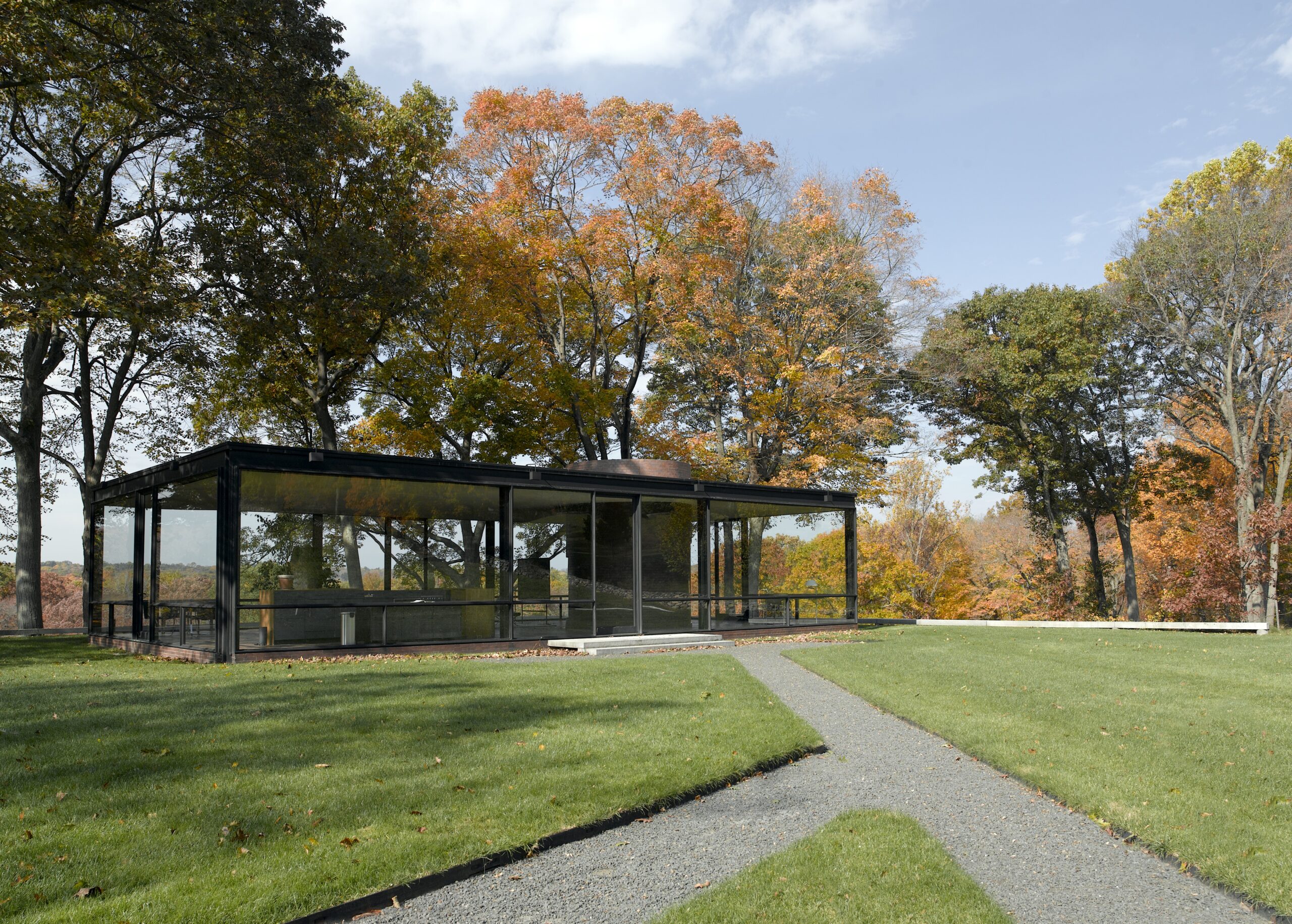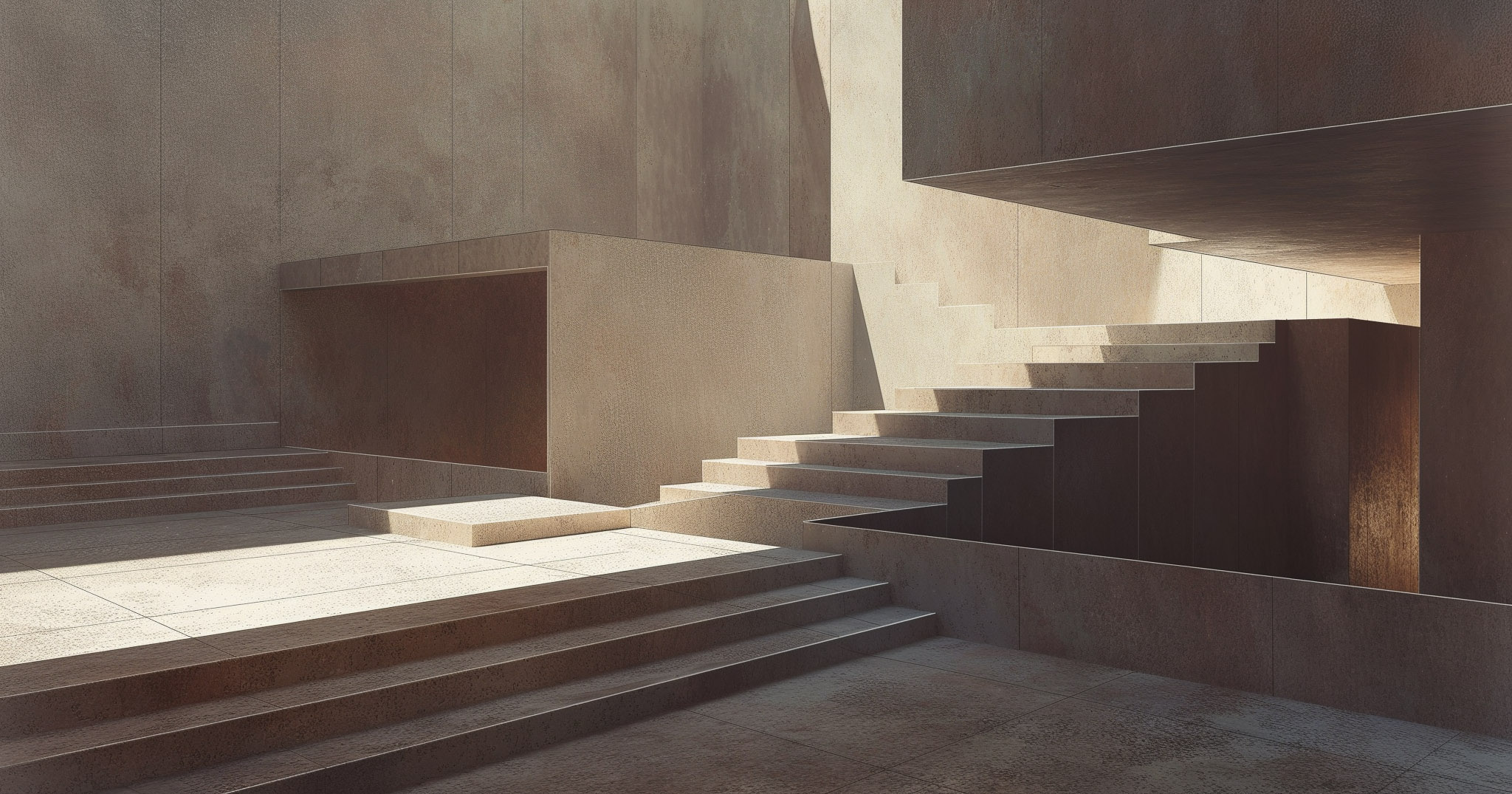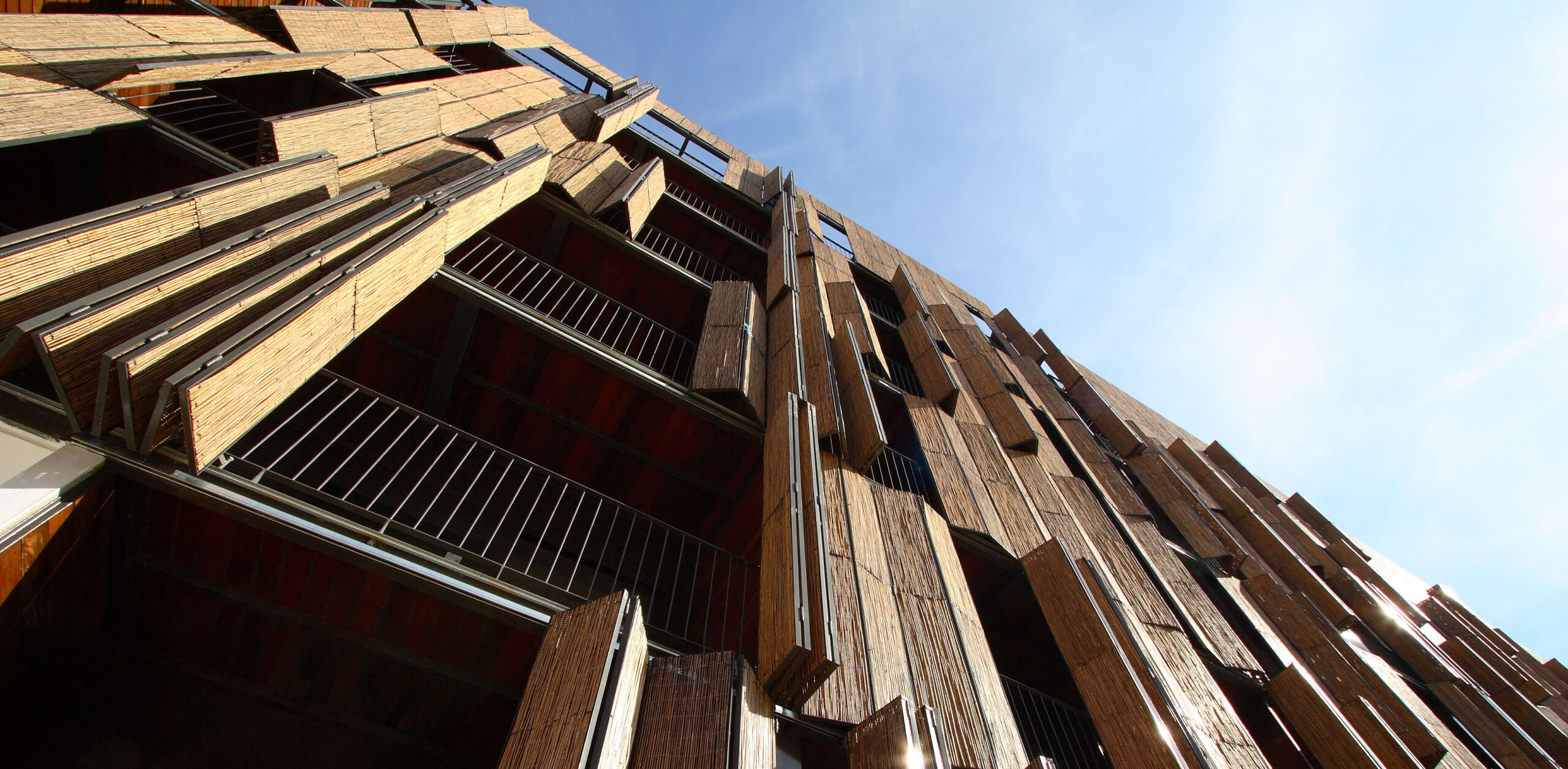The judging process for Architizer's 12th Annual A+Awards is now away. Subscribe to our Awards Newsletter to receive updates about Public Voting, and stay tuned for winners announcements later this spring.
There is a problem in our modern societies that is uncomfortable to talk about. One must proceed with care when addressing this issue, as it is very easy to come across as bitter or even prejudicial. I speak, of course, of the problem of gerontocracy.
According to data from the Federal Reserve, the baby boomer generation — or people in their sixties, seventies and early eighties — holds 51.3% of the total wealth in the United States, while the millennial generation — or those in their twenties, thirties and early forties — owns only 9.3%. More significantly, baby boomers are retiring later than other generations, maintaining lucrative and influential positions in corporations, government, academia and other institutions well into their seventies and beyond.
A quick look at the current US Presidential election confirms the impression that something is amiss. Joe Biden, the incumbent, is 81 years old. He was born just 77 years after Abraham Lincoln’s assassination, meaning that the day of his birth was chronologically nearer to Lincoln’s presidency than his own. The challenger, Donald Trump, is also up there at 77. I am 35, and Donald Trump was already a celebrity when my parents were children.
This situation is not the fault of the elderly, obviously, and a younger society would not necessarily be a more forward-thinking one. One can, of course argue, as 94-year-old Dick Van Dyke did when campaigning for the 78-year-old Bernie Sanders in 2020, that with age comes experience, patience and wisdom. (n.b. I voted for Bernie in the primaries). Despite the provocative statistic I used to begin this essay, I agree with Van Dyke. I am not calling on boomers to retire if they don’t feel ready. In fact, I detest the trend of dismissing the concerns of older people with catchphrases like #okboomer. Generational conflict is just as self-destructive as other forms of zero-sum identity politics. I have no interest in pouring more gasoline onto that raging fire.
Nevertheless, the fact that younger people are seething with rage at older generations is symptomatic of a real problem. It means that, from their perspective, the boomers are acting as gatekeepers, preventing young people from taking ownership of their own society. Zoomers and millennials don’t feel that their voices are being heard, especially when it comes to issues that affect them the most.
This is especially apparent in the rhetoric around climate change. Greta Thunberg’s speeches often return to the idea that the older generation has failed the young by exploiting the Earth’s resources and not leaving them a bright future. During a 2018 TED Talk, Thunberg issued a caustic challenge to the adults in the audience: “If I have children or grandchildren… Maybe they will ask me about you, the people who were around back in 2018. Maybe they will ask why you didn’t do anything while there still was time to act.” Ironically, Thunberg’s rhetoric echoes that of the boomers themselves who, during the Vietnam War, advised each other, “don’t trust anyone over thirty.”
For me, the biggest issue with gerontocracy isn’t that older people dominate positions of power and influence. It is that old ideas linger on far past their point of usefulness. We can see this in architecture, and especially in institutions like the Pritzker Prize.
Nothing says more about how architecture conceives of itself than the so-called “Nobel Prize for Architecture.” In it, we can observe what the profession really values — what a “great architect” looks like, according to the people at the very top. And judging by their recent selections, including this year’s winner Riken Yamamoto, this vision is incredibly traditional. Indeed, it hasn’t budged since Philip Johnson was named as the first Pritzker laureate in 1979.

Carol M. Highsmith, Glass House 2006, Public domain via Wikimedia Commons
High profile, big name architects who are best known for skyscrapers, museums and other prestige projects have always been favored by the Pritzker jury over lesser-known architects as well as those who prefer to work in teams and avoid the limelight. In addition, not one of the recent winners have been remotely controversial, and this is a problem if you want to showcase architects who are attempting to move the discipline into uncomfortable territory.
20th century modernist architecture is still admired because it was radical and unfamiliar. Practitioners in Moscow, Desau and other European cities took a look at the world and realized that old ways of doing things would not suffice in a rapidly changing world. They weren’t perfect, and over time the “International Style” that emerged from their experimentation became its own stifling paradigm that architects struggled to break free from. (And did break free from, to architecture’s credit). However, no one can say that this generation wasn’t willing to imagine a different kind of world. Le Corbusier even said that society, in the 20th century, faced a choice between “architecture or revolution.” Either the urban environment will be radically transformed to meet new social needs, or people will attempt to resolve these issues themselves by overthrowing the political order.
The stakes are the same today. Climate change, rising inequality and political extremism are on the rise all across the world. No one has the answers to how to solve these problems, but one thing is for sure: it won’t happen if we keep clinging to our old ways of doing things.
It is thus time to redefine architecture away from the Pritzker vision of lone visionaries crafting secular temples of glass and steel. Denise Scott Brown made this point years ago. After Brown’s husband, Robert Venturi, was given the award for works they designed together, Brown argued that “the Pritzker Prize was based on the fallacy that great architecture was the work of a ‘single lone male genius’ at the expense of collaborative work.” Since that time, the prize has been granted to a number of women, but it has remained an award celebrating the achievements of famous individuals. Moreover, it has privileged buildings over other dimensions of architecture such as landscape architecture.
Yamamoto is of course a worthy recipient of the prize — he is a great architect, and one with a democratic social vision. However, he is also a predictable one. He is someone people knew of before the award was announced. Adding his name to the list of laureates does not do much to broaden the public’s understanding of architecture’s possibilities.
Instead of a lifetime achievement award, the Pritzker Prize could be something else. It could be a platform for discussion of how architecture can address the demands of the 21st century. In a 2023 article, our managing editor Hannah Feniak described why the A+ Awards celebrates firms rather than individuals: “Architizer’s A+Awards program was founded with the precise aim of countering the culture of starchitecture, which erases the very foundation of architectural practice: collaboration.”
With its multiple categories and inclusion of both Popular Choice and Jury awards, the A+ Awards are a far more dynamic platform for celebrating the diversity of architecture than the Pritzker. However, when it comes to name recognition, nothing can compete with the Pritzker. With a different approach, the Pritzker could be far more socially relevant than it is. It could even help bring new voices to light, rather than hiding them under the shadow of well known starchitects.
In this spirit, Feniak listed nine architects she would like to see win the Pritzker in the future. It is a younger, more diverse and perhaps divisive list than the list of recent Pritzker laureates. But that is why it is more interesting. Read it here.
Cover Image: Philip Johnson’s Glass House in New Canaan, CT (1948). Johnson was the first recipient of the Pritzker Prize and this work was named as a notable achievement by the jury. Photo by Carol M. Highsmith, Public domain, via Wikimedia Commons.
The judging process for Architizer's 12th Annual A+Awards is now away. Subscribe to our Awards Newsletter to receive updates about Public Voting, and stay tuned for winners announcements later this spring.









